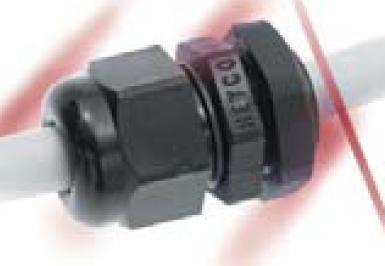32171: Features: • Bus specificationsBasic bus cycle: 25 ns (when operating with 40 MHz CPU clock)Logical address space: 4Gbytes, linearExternal extension area: Maximum 4 MbytesExternal data bus: 16 ...
floor Price/Ceiling Price
- Part Number:
- 32171
- Supply Ability:
- 5000
Price Break
- Qty
- 1~5000
- Unit Price
- Negotiable
- Processing time
- 15 Days
SeekIC Buyer Protection PLUS - newly updated for 2013!
- Escrow Protection.
- Guaranteed refunds.
- Secure payments.
- Learn more >>
Month Sales
268 Transactions
Payment Methods
All payment methods are secure and covered by SeekIC Buyer Protection PLUS.

 32171 Data Sheet
32171 Data Sheet







